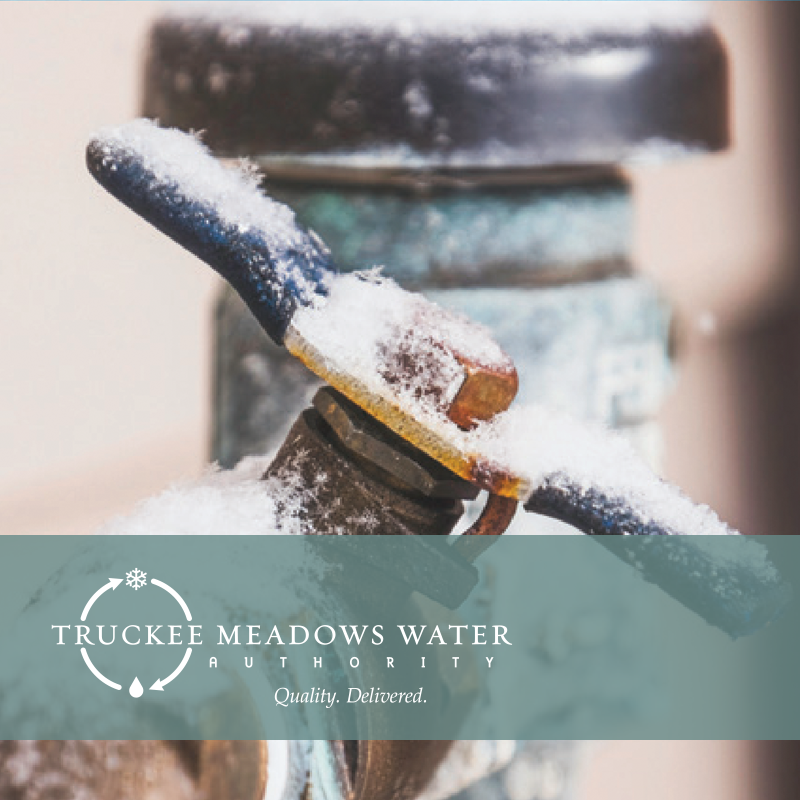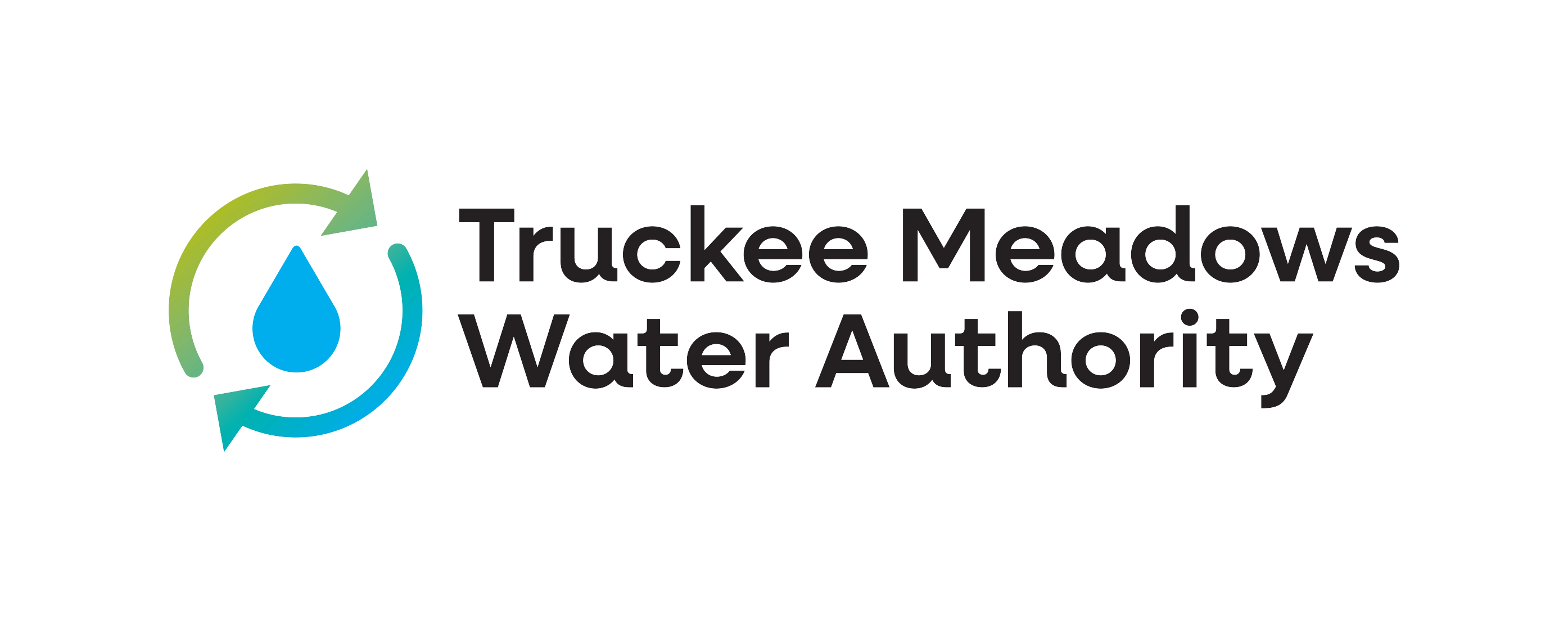 As temperatures drop this winter, you can avoid the expense and trouble of frozen water lines at your home or business by taking these simple precautions before cold temperatures set in:
As temperatures drop this winter, you can avoid the expense and trouble of frozen water lines at your home or business by taking these simple precautions before cold temperatures set in:
- If you have water pipes in an unheated garage or a crawl space under the house, wrap the pipes with insulation. Hardware and home improvement stores offer appropriate pipewrapping tape.
- Close the foundation or exterior vents around your house to keep freezing air out of crawl spaces. Additionally, seal off access doors, air vents, and cracks. Cold winds can quickly freeze exposed pipes. Remember to avoid plugging air vents that your furnace or water heater may need for circulation and safe operation.
- Keep garage doors closed if water lines are exposed.
- Adjust your home thermostat. During hard freezes or when you’re away from your home for an extended period, set your thermostat to a temperature that will prevent your pipes from freezing—no lower than 55˚F.
- Know the location of your master water shutoff valve. In many homes, this valve is located where the water line enters your house from the street. If a pipe bursts anywhere in your house, this valve can be used to turn off all water and save your home from water damage. Find it now and paint it a bright color or hang a tag on it. Be sure everyone in the family knows where it is. See our video about how to operate your master shutoff valve at www.tmwa.com/howto.
During this time of year, it’s always wise to monitor the weather— specifically for freezing temperatures—and be sure to winterize in time to protect your home’s pipes. The main point of winterization is to be prepared before the cold weather sets in. No one wants the unwelcome surprise of broken pipes. For more tips and a how-to video on winterizing your home, please visit TMWA’s winterization webpage at the following address: www.tmwa.com/winterize.
